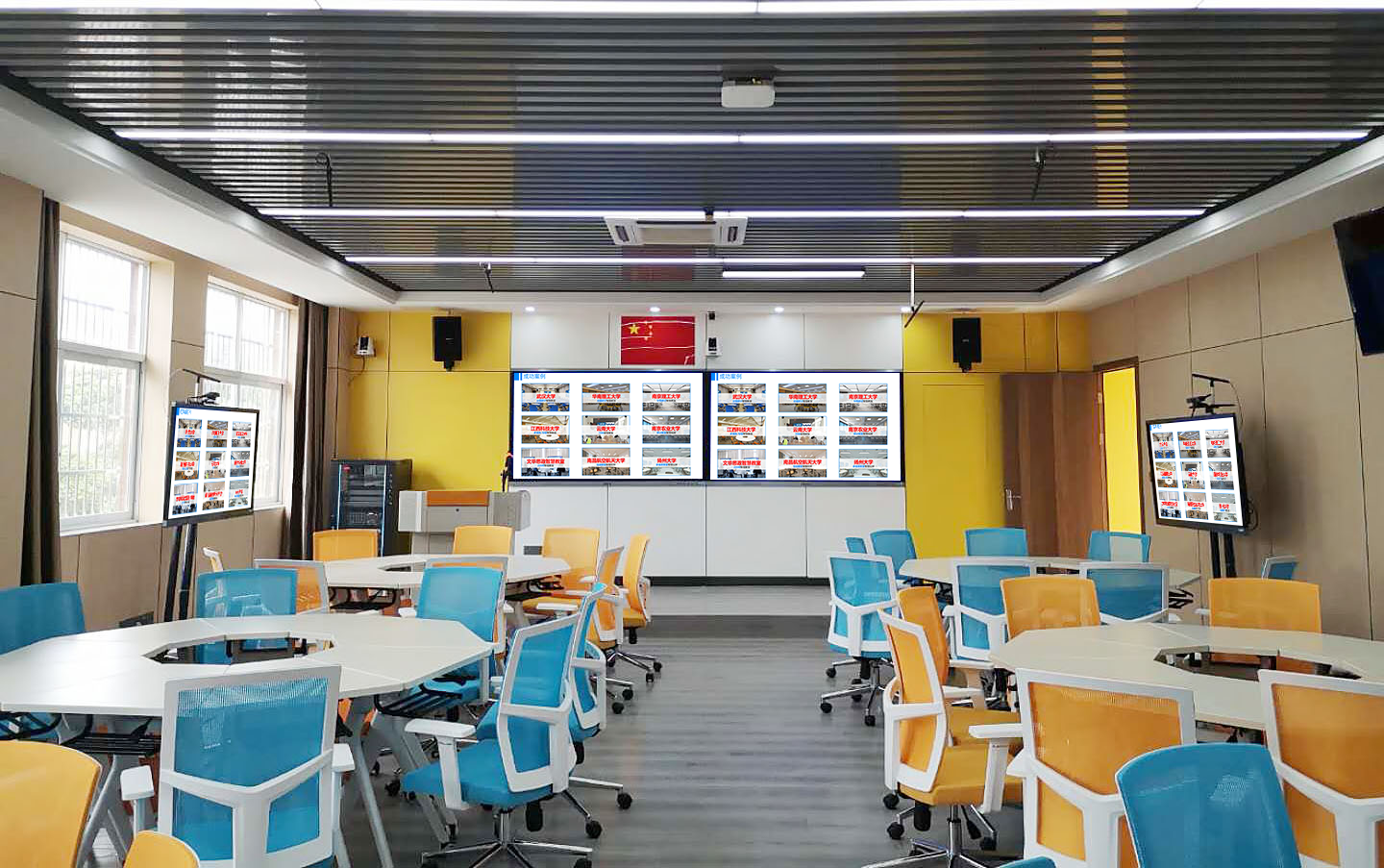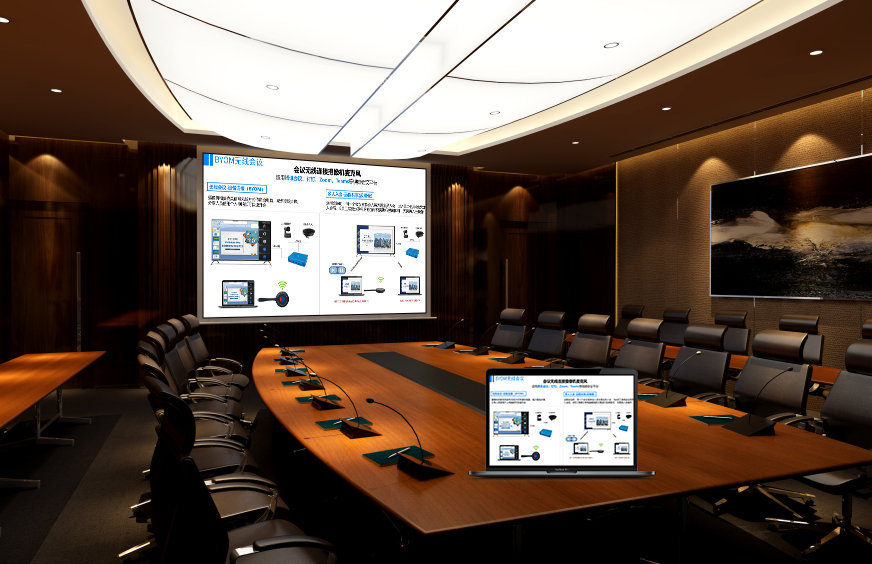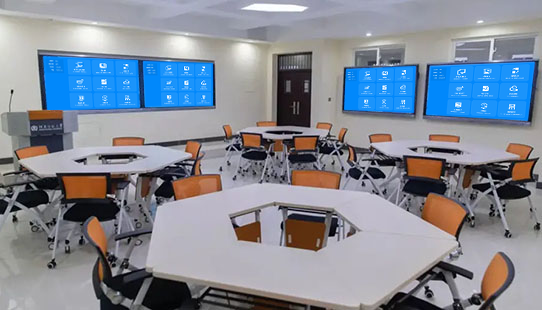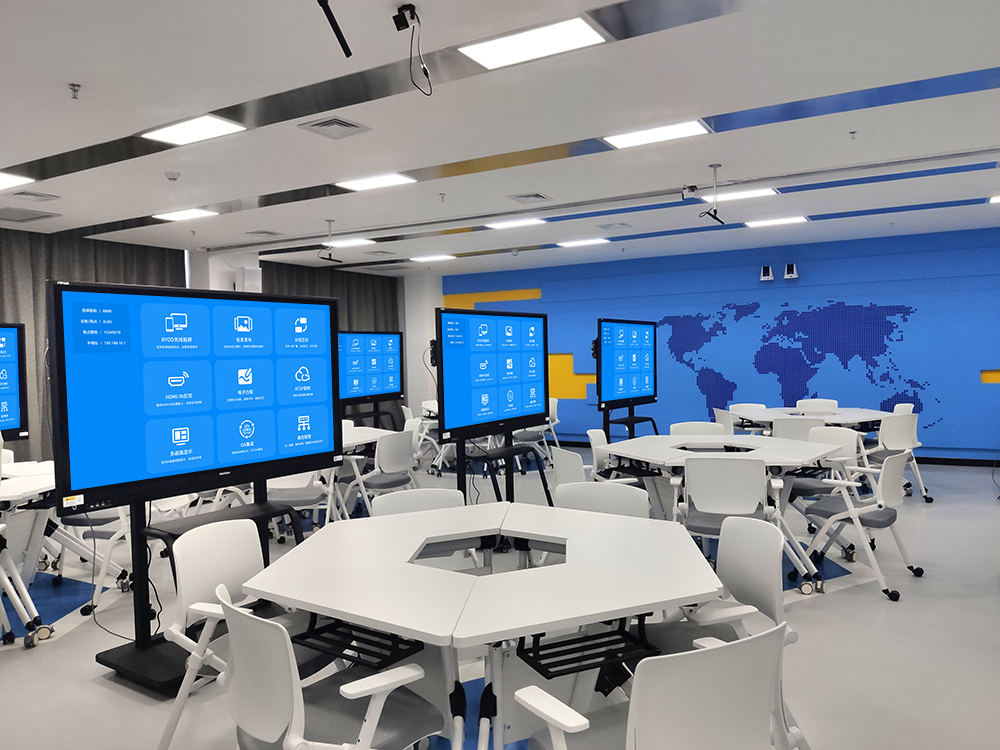Bijie Multi-Screen Interactive: Breaking the boundaries of screens and ushering in a new era of efficient collaboration
In the digital wave, multi-screen interactive technology is becoming a key force for improving efficiency and stimulating innovation. As a leader in the field of wireless screencasting and multimedia collaboration, BITEC has brought a comprehensive range of multi-screen interactive solutions for offices, education and other scenarios, allowing information to flow freely between different screens, and making collaboration simpler and more efficient.
I. Quicken multi-screen interaction: core technology and product matrix
Bictech’s multi-screen interactive technology is based on the self-developed BJCast protocol, and is compatible with many major international projection protocols such as AirPlay, Miracast, WiDi, Google Cast, and HUAWEI Cast +, enabling seamless connectivity of all-platform devices such as Windows, Mac, iOS, Android and other devices. Whether you’re using an Apple computer to present a design or share meeting materials with an Android phone, you can easily project to a large screen, connect to it, and use it without tedious software installation and setup.
Relying on strong technological strength, Beagle has built a rich product matrix. Among them, the BJ66 interactive version is designed for interactive classrooms and seminar rooms, supporting multiple people at the same time, and up to 16 devices can be displayed. Teachers or facilitators have the flexibility to switch from any screen content to the main screen to facilitate discussion and collaboration. The BJ80 multi-screen collaborative intelligent terminal supports 4K ultra-high-definition display, and can achieve a maximum of 9 channels of 1080p HD decoding and simultaneous display, which meets complex display needs and is suitable for large conferences, report halls and other scenarios.
II. The application of Become multi-screen interaction in the office scenario: reshaping the meeting collaboration experience
In traditional conference rooms, the equipment connection is tedious and the presentation form is simple, which seriously affects the efficiency of the meeting. Bitch’s multi-screen interactive solutions have completely changed that. Before the meeting, participants simply connect to a Pictet projection device via Wi-Fi, scan a QR code or enter a projection code to wirelessly project PowerPoint, documents, videos and other content from mobile phones, tablets, and computers onto a large screen. There is no need to plug in cables, no need to worry about equipment compatibility, and a truly “zero preparation time” for meetings.
During the meeting, multi-screen interactive features make the discussion more intuitive and efficient. Multiple people can project the screen at the same time, and different solutions and data can be compared on the same screen on the large screen. The leader or host can switch highlights to the home screen with one click to focus the attention of the entire group. If the large screen supports touch control, it can also directly control and label the screen computer on the large screen through the BJ66 reverse control and return function, as easy as operating local devices.
For example, at a product seminar in an Internet company, team members separately displayed the progress of their respective product modules, quickly identifying problems and differences through multi-screen comparison, and greatly shortened the discussion time. At the same time, utilize the file sharing function of Pictet to upload and download materials in real time, making the flow of information more smooth. After the session, the session recording function automatically preserves the content of the session, making it easy for participants to review it, and also provides complete session information for non-participants.
III. The application of Bridget’s multi-screen interaction in education scenarios: stimulate the infinite vitality of the classroom
In the field of education, Bijie multi-screen interaction has helped transform traditional classrooms into intelligent classrooms, bringing new teaching experiences to students and teachers. In daily classroom teaching, teachers can wirelessly screen lesson preparation materials and online course resources to the large classroom screen, and the high-definition and smooth display makes the teaching content more vivid and interesting. Students can also share their learning results, such as group assignments, creative works, etc., on screen at any time, enhancing the sense of participation and motivation in the classroom.
For group-based seminar courses, the advantages of multi-screen interaction are evident in BITEC. Take the group teaching system built by BJ66 interactive version as an example, the classroom main screen and the group screen are real-time linkage. Teachers can broadcast the main screen to all group screens with one click, ensuring that all students follow the teaching rhythm in sync. You can also bring the wonderful discussions of one group to the main screen and broadcast them to other groups to learn from. Through the electronic whiteboard and annotation function, members of the group can also collaborate on writing, drawing priorities on the screen, jointly complete learning tasks, and cultivate teamwork and innovative thinking skills.
After a university marketing course adopted Bitch’s multi-screen interactive solution, student participation in group discussions increased by 80%, and classroom activity increased significantly. Teacher feedback and multi-screen interaction allow teaching to be no longer limited to “one word” and truly realize student-centered interactive teaching.
IV. Citrix multi-screen interaction: a perfect blend of security, stability and convenience
Security is an important consideration for multi-screen interactive applications. Bridgestone employs encrypted transmission technology to ensure the security and privacy of data during the screencasting process. At the same time, permission management is supported, and only authorized users can initiate screens and access meeting content, effectively preventing information leakage.
In terms of stability, Beagle products have excellent network adaptability. In the case of 10% – 20% of the network loss, the screen can still be maintained stable, and low-latency technology ensures smooth interaction process, avoiding the impact of rolling clocks and delays on office and teaching.
In terms of operational convenience, Beagle adheres to the minimalist design concept. Without the need for a professional technician, the average user can easily get started. The connected-on-click approach greatly reduces the threshold of use, making multi-screen interaction an efficient tool that is available and loved by everyone.
Bict multi-screen interaction is driven by technological innovation and driven by user needs, breaking down the physical and system barriers between screens and injecting new vitality and efficiency into areas such as office and education. Making a choice is about choosing a smarter, more efficient and collaborative way to work and learn in the future.